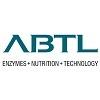
Protease Enzyme in Poultry Feed
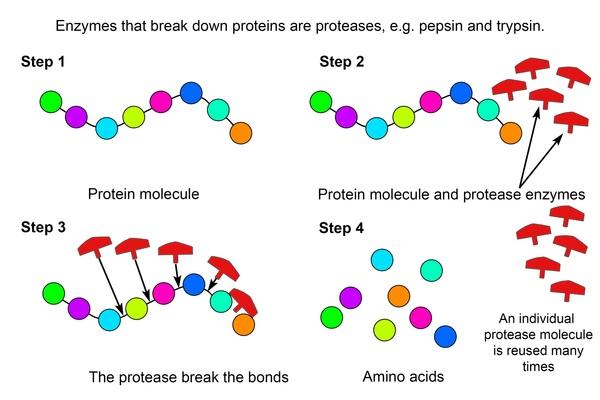
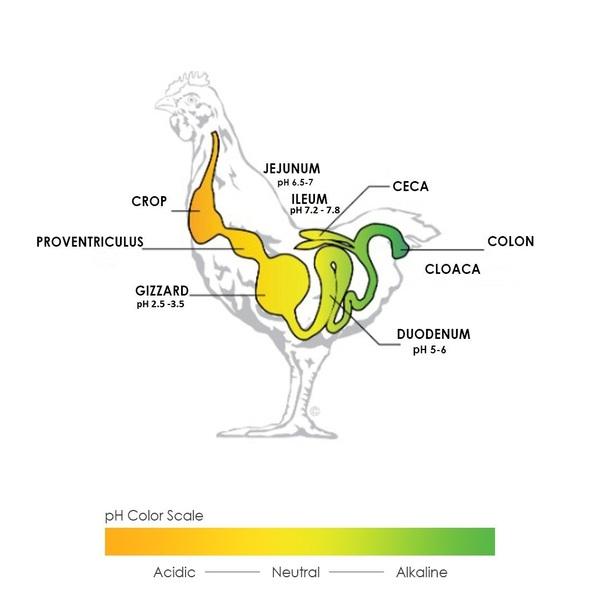
- Acid Proteases - Works in Proventriculus and Gizzard ( pH 2.5 – 3.5 )
- Neutral Proteases – Works in Duodenum and Jejunum ( pH 6.5 - 7 )
- Basic Proteases /Alkaline Proteases – Works in Ileum ( 7.2 – 7.8 )
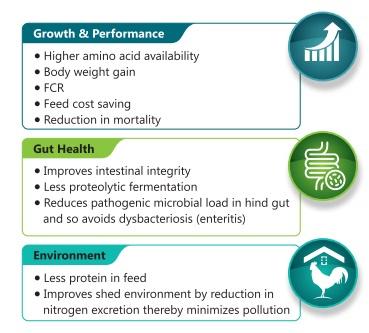
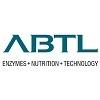
Good morning, do you have any study on the use of proteases and carbohydrases in broiler breeders?

Protease enzymes and its role in poultry
Alternative to Soya for sustainable Poultry feed
1. Soybean meal remains sovereign, but it can be easily replaced when other protein sources can offer a more profitable solution.
2. Soybean meal, containing 44 percent crude protein, remains the most common protein source for all compound feeds for pigs, poultry and dairy cattle, worldwide.
3. Soyabean rate continues to fluctuate between supply and demand due to new harvest crop causing hardship to poultry farmers.
a) Under expected normal rainfall and crop area coverage, it is predicted that the soyabean price per quintal will be around high the time of harvesting as predicted.
3. This position of eminence has not been attained easily and without considerable cost.
a) Perhaps another protein source could easily have taken the position of soybean if it was cultivated at such extent while strong marketing forces promoted it on a global basis.
5. soybean meal is the textbook protein source by which example or typical formulas are formulated for educational purposes, and one that remains the reference standard for all other protein sources.
6. Alternative protein sources can be a valuable tool in lowering feed cost for all animal and poultry feeds.
7. Ground nut cake:
This ingredient has become increasingly available during the past few years. Peanut meal has about the same protein as soybean meal (47-48%). However, this protein is not of the same quality as that in soya.
a) Specifically, the critical amino acid lysine is very deficient in peanut meal.
b) could increase the likelihood of aflatoxin contamination.
8. Distiller’s Dried Grains with Solubles:
This ingredient, commonly known as DDGS, is a by-product of fermentation.
a) In past years, most DDGS came from the beverage industry.
c) More recently, tremendous amounts are becoming available when corn is fermented to produce ethanol for motor fuels.
d) DDGS can be used in all types of feeds, with maximum levels being between 10 and 15%.
9. Sunflower meal
Sunflower seed cake (meal) is the remnant after the sunflower seed oil is extracted. Its crude protein content is between 30% and 43%.
a) The amino acid composition is better, among which the content of methionine is higher and the content of lysine is lower than that of soybean meal, so it is more suitable for use with soybean meal.
b) The tannin, erucic acid, and phenolic compounds in sunflower meal are also low, so it has good palatability and is a good protein feed in poultry.Its nutritional value mainly depends on the degree of dehulling.
c) The nutritional value of completely dehulled sunflower seed meal is very high, but it is relatively rare on the market .
10. Adding a novel protein source is not impossible, but putting together a diet that will also enable animals to maximize performance is something that requires knowledge to carefully balance many factors. ??
11. It can be done, and if done correctly, it can be an attractive proposition. ??
12. But if done haphazardly, the outcome will be reduced animal performance and/or health.
13, All of the ingredients mentioned above are priced lower than soybean meal, and might be considered when attempting to produce a lower cost feed.
14. However, it is necessary to bear in mind that all protein is not of the same quality.
15. The amino acid composition of alternative protein sources must be taken into account when preparing feeds for the flock so that the birds are not subjected to nutrient deficiencies.
Right protease enzyme in Poultry feed.
16. Please include BGPRO of ABTL, broad spectrum protease enzyme having acid , alkaline and neutral protease activities which works on all protein sources in your feed and use alternative protein sources with low cost replacing Soya without sacrificing productivity.??
17. Field trials with BG -PRO of ABTL conclusively proved that adding to poultry diets speeds up the breakdown of proteins into nutrients, reducing both feed cost and environmental impact.
18. BG -PRO of ABTL Improves productivity & ensures least cost feed formulation.
• Expands the use of alternative protein sources
• Optimizes the economics of meat & egg production, boosts profitability.
• Feeding exogenous protease enzyme BG -PRO of ABTL help improve digestion of protein allowing produc-ers to decrease the use of expensive ingredients when necessary.
• Improved production efficiency and better litter quality
• Enhanced profitability
•. Dose: 100 to 200 gms for ton of feed.
18. BG PRO protease bestows with better production performance in layers , broilers and Breeders due to increased protein and energy digestibility.
Dr V. Rajendra Prasad
Hi good afternoon sir
Please I will like to know if one can use both protease enzyme and phytase at the same time?
Thanks for this information.
How can broiler chickens benefit from protease? At what dosage and frequency of application? I need more information before I can apply it to my birds.








